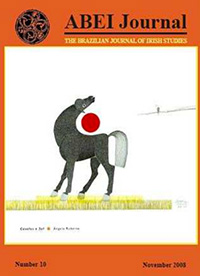What We Know About the Irish in the United States: Reflections on the Historical Literature of the Last Twenty Years
##doi.readerDisplayName##:
https://doi.org/10.37389/abei.v10i0.3675关键词:
Irish Diaspora, United States, Catholic Irish.摘要
For many years, scholars and others who wrote about the Irish in the
United States focused on the Catholic Irish, especially those who arrived around the time of the Irish Potato Famine and the several decades after that great calamity. Over roughly the last twenty years, the historical literature has come to grips with the more varied nature of the Irish experience in the United States and now better reflects the diversity of the varied religious backgrounds of the Irish in the United States. Further, while the literature on the Catholic Irish in the United States
focused heavily on the Irish in northeastern cities there has been increasing attention to the Irish in other sections of the United States. The result of this new research and writing has been to expand and enrich our understanding of the Irish experience in the United States. My intention in this article is to sketch out this expanded and enriched understanding of the Irish experience in the United States which is also part of a larger, global process, the Irish Diaspora. The Diaspora approach to the study of the Irish in the United States offers a great
many advantages. One of the limitations on the study of United States history has long “American exceptionalism.” In its simplest form this approach begins by seeing United States history as a unique experience, separate from the larger flow of world events, and stresses the distinctiveness of the American (U.S.) experience. The Diaspora approach moves away from this and places the experience of the
Irish in the United States in global context.


